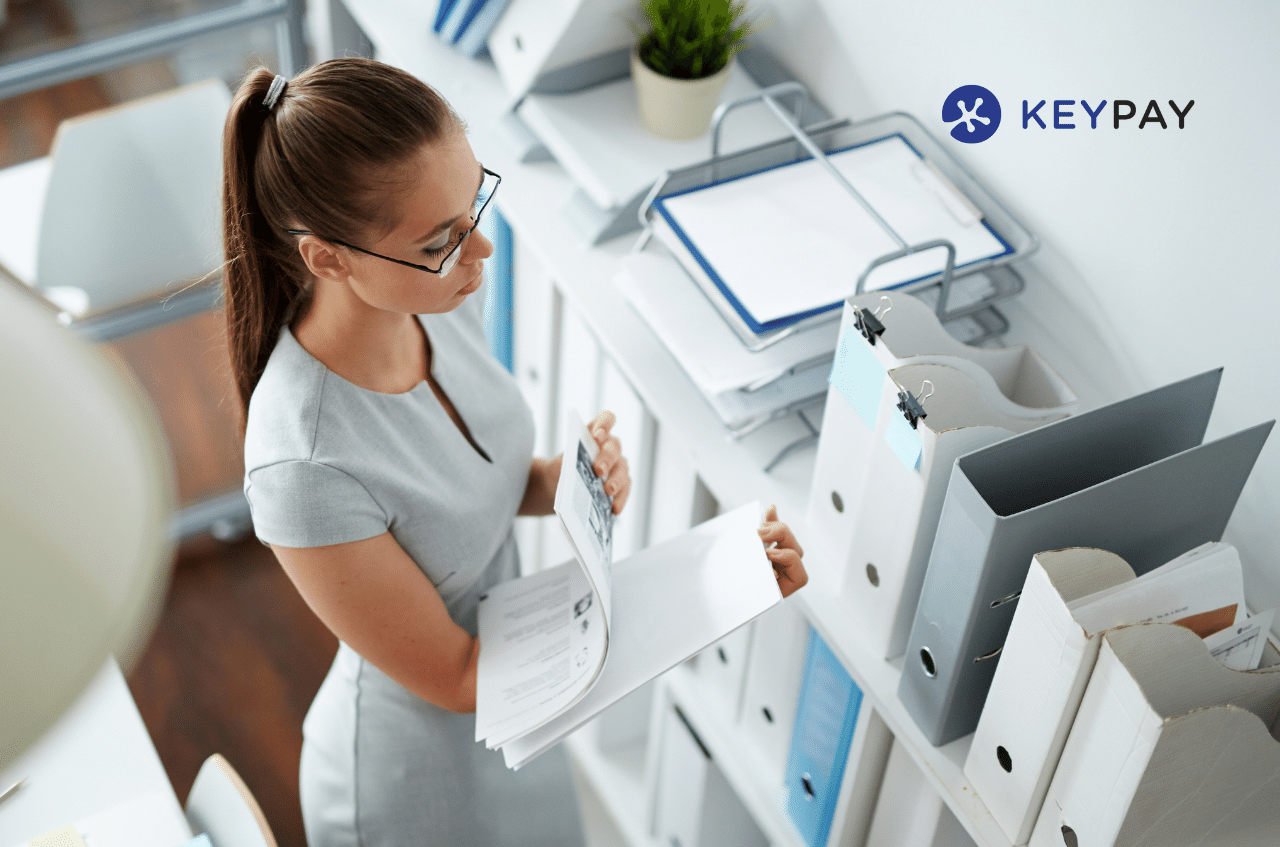Tax
Insights
How accountants can make self-assessment easier for their clients

Friends, this month is the peak of self assessment season. The 31 January deadline is nearly upon us – that means now is the time to make sure that all self assessments are filed with HMRC, and all self assessment tax bills are paid.*
*Hint – don’t leave it to the last minute!
This year has been difficult for many businesses, and HMRC is able to provide payment plans in some cases.
So if you have clients who have appointed you as their accountant or tax agent, now is a great time to talk to them to make sure you understand their needs.
What is self assessment?
Self Assessment is the system that HM Revenue and Customs (HMRC) uses to collect Income Tax from sole traders and self employed people, and people and businesses with other income, including foreign income, income over £100,000, income from savings, investments, dividends or from renting out property, and COVID-19 grants and support payments.
How is self assessment done?
Self assessment returns are usually completed by submitting paper forms such as the main SA100 tax return, plus any other ‘supplementary pages’ as relevant.
Many small businesses choose to fill out and submit their self assessment returns themselves. But it is also possible to submit self assessments using commercial software, which accountants and bureaus can do on behalf of their clients. Commercial software suppliers can submit one or more elements of the tax return and supplementary pages to HMRC. As part of Making Tax Digital for Income Tax, the government has listed its approved compatible software which can be used to send Income Tax updates.
However you provide this service to your clients, it’s a great time to reach out to clients and find out their needs – after all, they might not realise they need to complete a self assessment return, especially if their circumstances have changed in the last year.
Top tips for making light work of self assessment
1. Get a head start, every year
Tax is often considered a headache by many people, but they don’t realise it doesn’t have to be this way. If you can solve problems for your clients, especially before they become painful problems, you’ll be able to build trust and rapport much more easily.
Take an example – putting off tax returns. Many people leave tax returns to the last minute. But this can create stress, especially where payments on account are also owed. Life will be much easier for your clients if they have peace of mind that they have enough money to pay their self assessment tax bill.
That’s why reaching out to your clients to help them early, before things get urgent, can go a long way to building trust and long-lasting relationships, not to mention happy client referrals.
Planning out early tax return submissions means that your clients can go through the rest of the year having certainty over their self assessment. It will also help manage your workload, avoiding a last minute rush in January!
2. Get paperwork in order the easy way
If there’s one thing that’s true about self assessment – it’s that there is a lot of paperwork and forms to fill in. If your clients’ businesses are complex or have multiple streams of income, then the number of forms just increases. In order for you to be able to fill out the self assessment return smoothly and efficiently, you need the right information from your clients, and in good time, too.
Create a checklist to make sure that both you and your clients are clear about what you need and when. Set the ball in motion when you’re onboarding your clients – and for existing clients, see our first step! Early in the tax year, reach out to them to see what they need and send them over your checklist. Or better yet, automate data submission and collection with your chosen software. Easy peasy!
3. Let cloud software help you
As part of the Making Tax Digital for Income Tax initiative, the government set out approved compatible software which can be used for various parts of self assessment returns. Whether you use these tools, or a platform like KeyPay, cloud software is a great way to streamline processes transparently and efficiently, and even automate some processes. Sending automated notifications through the year can help gather the right information in a timely manner, meaning that you aren’t inundated when the January deadline gets close.
Payroll and tax software make light work of submitting tax information, saving heaps of time and brain power trying to stay on top of cumbersome spreadsheets and boring admin. This means you have more time and energy to dedicate to your clients and growing your business. And that’s exactly what we’re here to support you to do.
Looking ahead
You might have some clients that need to make use of HMRC’s Time To Pay arrangement – in other words setting up a Payment Plan to pay their self assessment tax bill in installments. Reach out to make sure that this is in place before the deadline.
At the start of the year, there’s often a lot to think about in terms of business goals and priorities. The last thing anyone wants to be doing is getting flustered with tax returns. So once everything is in order and all your client 2021-2022 self assessment returns are submitted, you can focus on the next steps, including making a plan to reach out to your clients at the end of the tax year in April to anticipate their needs for the 2022-2023 tax year.
And spare a thought for your payroll clients too. Make sure they’re not getting neglected! If you’ve been thinking about moving over to an all in-one, fully compliant and automated payroll solution, KeyPay's here to make your life easier.
You might also like...

What is the Auto Inclusion Scheme (AIS)?

Modernising Goods and Services Tax in New Zealand: An easier way to keep GST records

New Zealand’s Matariki public holiday explained



